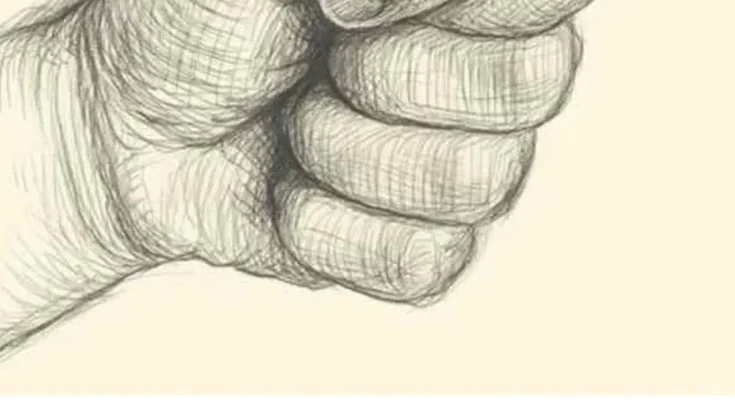At first glance, it might seem like an ordinary closed fist. But look closely—the thumb is tucked between the fingers. This small detail transforms the gesture into something far more meaningful than a simple clenched hand. Known historically as “making a fig,” this symbolic action has been a powerful form of nonverbal expression for centuries. It carries a story, conveys messages without words, and has even been linked to protection and good luck.
A Silent “No” – When Gestures Speak Louder Than Words
Picture yourself in a small European village in the 19th century. Officials knock on the door, and instead of responding with raised voices, someone discreetly holds up a fig gesture from the window. Without uttering a single word, this simple sign communicates a firm refusal: “You won’t get anything” or “You can always dream.” In traditional French culture, it became a polite yet unmistakable way of saying “no” without confrontation.
Ancient Origins and Symbolic Power
The fig gesture is not a modern invention. In ancient Russia and parts of Eastern Europe, people believed it had protective qualities. It was often used to ward off the “evil eye” or negative energies. The closed fist symbolized hidden strength, while the tucked thumb acted as a miniature talisman. Over time, it became both a cultural sign of defiance and a charm believed to bring safety.

From Playgrounds to Private Codes – A Universal Language
For generations, children and families have passed down this gesture as a harmless way to express disapproval or playfully tease one another. One story often told: “My grandmother used to say, ‘If someone bothers you, show them a fig.’ There’s no need to shout.” This simple, shared tradition turned into a kind of mini-language, free of harm but full of meaning.
In schools, it was also a subtle code. A broken promise or a playful trick? A quick fig sign let everyone know the situation—no words required. Even in times of separation or hardship, the gesture took on deeper layers of symbolism. For instance, soldiers heading to the front sometimes made the fig while holding personal keepsakes, using it as a quiet metaphor for love, loyalty, and courage.
Today – A Gentle Reminder of Cultural Heritage
In our digital age, this old gesture has largely faded from daily life. Text messages, emojis, and animated GIFs now dominate nonverbal communication. Still, for some people, “making a fig” remains a nostalgic or lucky charm tucked discreetly in a pocket or shown for humor among friends.
Though it may seem like a small sign, the gesture speaks volumes about history, culture, and human creativity. It reminds us that disagreement can be expressed with subtlety rather than aggression, and that even the smallest movements of our hands can carry stories passed down through generations.




